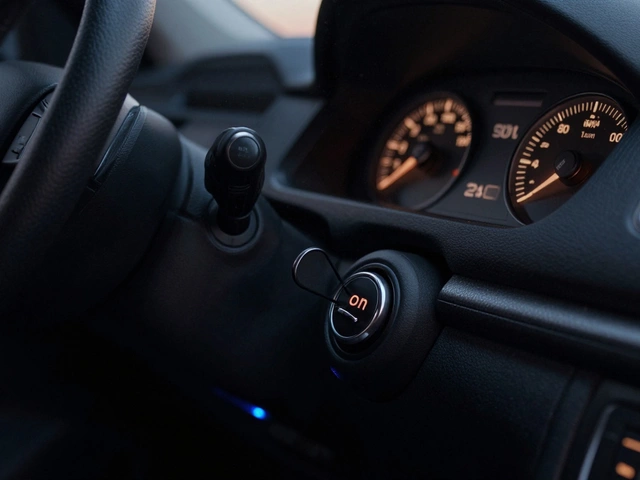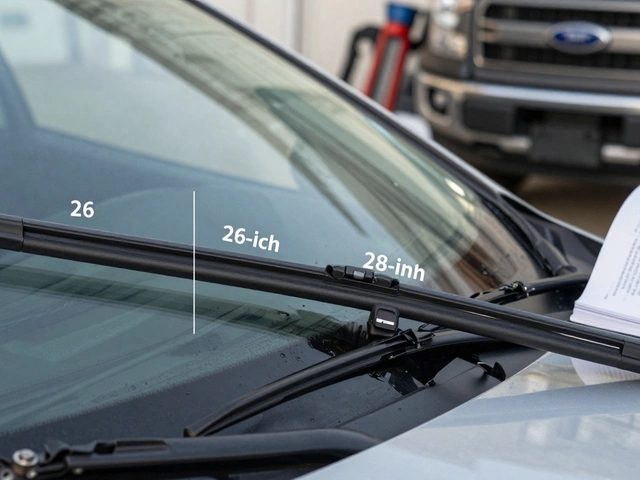Diesel Exhaust: What It Is, Why It Matters, and What to Watch For
When your diesel engine runs, it produces diesel exhaust, the mixture of gases and particles released from a diesel engine’s tailpipe. Also known as diesel emissions, it’s not just smoke—it’s a complex blend of nitrogen oxides, carbon dioxide, water vapor, and tiny soot particles that can harm your engine and the air around you. If you’ve ever smelled that sharp, acrid odor after a diesel car idles, or seen thick black smoke billowing from the back, you’ve seen diesel exhaust in action. Not all of it is bad—modern systems are designed to clean it up—but when something goes wrong, it’s a red flag you can’t ignore.
diesel particulate filter, a device built into most diesel vehicles since 2009 to trap soot before it leaves the tailpipe is one of the most important parts in this system. If it gets clogged, your car will lose power, the check engine light will come on, and you might start smelling diesel inside the cabin. A failing exhaust system, the full path that carries exhaust gases from the engine to the tailpipe, including pipes, mufflers, and sensors can let fumes leak into your car, which is dangerous. And if you notice a sweet, oily smell mixed with the exhaust, that’s often a sign of burning oil—something your engine shouldn’t be doing.
These problems don’t show up overnight. A clogged filter might start with a slight loss of power. A small exhaust leak might only be noticeable when it’s quiet outside. But if you wait too long, you’ll end up with a damaged engine, a failed emissions test, or worse—a health risk from breathing in fumes. That’s why paying attention to changes in how your diesel exhaust looks, smells, or sounds matters more than you think.
The posts below cover exactly what you need to know to spot trouble early. You’ll find guides on diagnosing exhaust smells, understanding why your diesel car is producing more smoke than usual, how the particulate filter works and when it needs cleaning, and what to do if your exhaust system is leaking or damaged. These aren’t theory-heavy articles—they’re practical, real-world checks you can do yourself or use to talk smarter with your mechanic. Whether you drive a pickup, a van, or a diesel sedan, knowing what normal diesel exhaust looks like versus what’s wrong can save you time, money, and stress.





